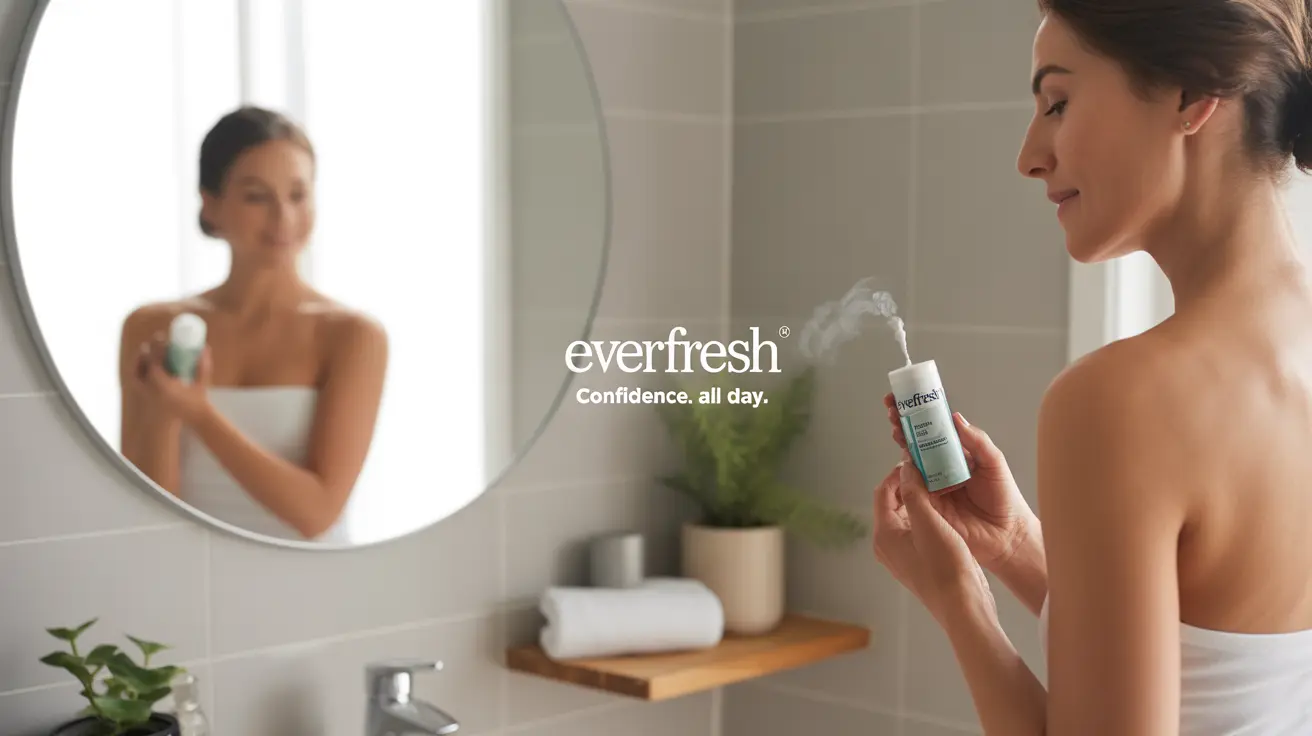Excessive underarm sweating can be both uncomfortable and embarrassing, affecting your confidence and daily activities. Understanding how to prevent armpit sweat effectively involves a combination of proper hygiene practices, lifestyle modifications, and sometimes medical interventions. This comprehensive guide will help you manage underarm perspiration and stay fresh throughout the day.
Understanding Why We Sweat and When It's Excessive
Sweating is a natural bodily function that helps regulate temperature and maintain health. However, when armpit sweating becomes excessive, it can interfere with daily life and social interactions. Understanding the difference between normal and excessive sweating is the first step in finding appropriate solutions.
Daily Hygiene and Antiperspirant Use
The cornerstone of managing underarm sweat lies in proper hygiene and antiperspirant application. Unlike regular deodorants that only mask odor, antiperspirants contain active ingredients that help reduce sweating.
Proper Antiperspirant Application
- Apply to clean, dry underarms
- Use before bedtime for maximum effectiveness
- Allow the product to dry completely
- Reapply in the morning if desired
Clinical-strength antiperspirants can provide even better results for those who need extra protection. These products typically contain higher concentrations of active ingredients and should be used as directed on the label.
Dietary Modifications for Sweat Management
What you eat and drink can significantly impact how much you sweat. Making strategic dietary changes can help reduce excessive perspiration.
Foods and Beverages to Limit
- Spicy foods
- Caffeinated beverages
- Alcoholic drinks
- High-sodium foods
- Processed foods
Beneficial Foods and Habits
- Stay hydrated with water
- Eat cooling foods like cucumber and watermelon
- Choose whole grains over refined carbohydrates
- Include foods rich in B-vitamins
Clothing Choices and Fabric Selection
The right clothing can make a significant difference in managing underarm sweat. Choosing appropriate fabrics and styles can help minimize visible sweat marks and keep you comfortable.
Recommended Fabrics
- Natural, breathable materials like cotton
- Moisture-wicking synthetic fabrics
- Bamboo and merino wool blends
- Light-colored or white clothing to minimize sweat marks
Medical Treatments and Professional Solutions
When lifestyle changes aren't enough, several medical treatments can effectively address excessive underarm sweating. These options should be discussed with a healthcare provider.
Available Treatment Options
- Prescription-strength antiperspirants
- Botox injections
- MiraDry (microwave technology)
- Iontophoresis treatments
- Oral medications
Frequently Asked Questions
What lifestyle changes can help prevent excessive armpit sweat?
Regular showering, using clinical-strength antiperspirants, wearing breathable fabrics, maintaining a healthy weight, and managing stress levels can all help reduce excessive armpit sweating. Additionally, avoiding trigger foods and staying hydrated can make a significant difference.
How do antiperspirants work to reduce sweating under the arms, and when should I apply them?
Antiperspirants contain aluminum-based compounds that temporarily block sweat glands. For best results, apply antiperspirants to clean, dry underarms before bedtime, as this allows the active ingredients to form more effective plugs in the sweat glands while you sleep.
What foods and drinks should I avoid if I want to reduce armpit sweating?
To minimize sweating, avoid spicy foods, caffeine, alcohol, and foods high in sodium. These substances can trigger increased sweating or make sweat more noticeable. Focus instead on staying hydrated with water and eating cooling foods.
When should I consider medical treatments like Botox for excessive underarm sweating?
Consider medical treatments when excessive sweating significantly impacts your daily life and doesn't respond to over-the-counter antiperspirants and lifestyle changes. Consult a healthcare provider if you're experiencing severe sweating that interferes with work or social activities.
What types of clothing are best to wear to minimize armpit sweat and odor?
Choose natural, breathable fabrics like cotton, moisture-wicking synthetic materials, or bamboo blends. Loose-fitting clothes can also help air circulation. Light-colored or white clothing typically shows less visible sweat marks compared to dark colors.




